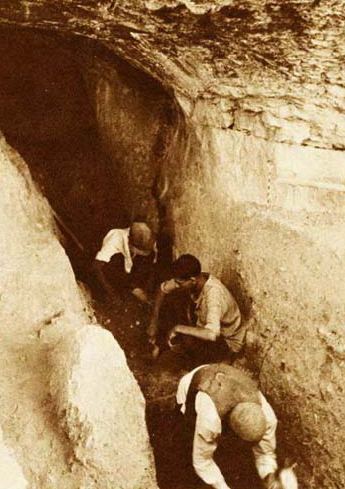Location Kermanshah province | ||
 | ||
Bisitun cave is an archaeological site of prehistoric human habitation in the Zagros Mountains in the Kermanshah province, north-west Iran, associated with the discovery of Mousterian stone tools of the Middle Paleolithic. Dibble described the stone tools as having strong Levallois components. All artefacts are apparently from the same period. Coon described two hominid remains from the site, an upper IJ and a radius shaft fragment, both from a Layer designated F+. Trinkaus and Bilgari described the material in detail, arguing that the incisor is not a hominin IJ, but a bovid IJ/M. According to their analysis, the radius fragment shows Neanderthal affinities, as it is mediolaterally expanded at the interosseus crest. Metrically, it is outside the range of variation of early anatomically modern humans, but in the range of Neanderthals and early Upper Paleolithic humans.
